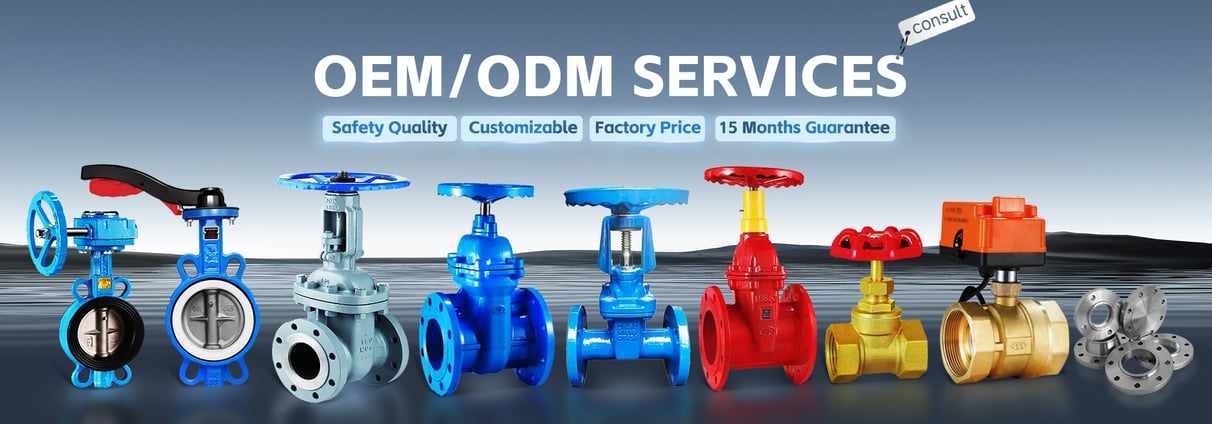Valve Material Science: Stainless Steel, Brass, or PVC? Which Best Suits Your Clients’ Needs?
4/28/20252 min read


Introduction to Valve Material Comparison
When it comes to valve material selection, the choice between stainless steel, brass, and PVC can significantly affect the performance and durability of your systems. Understanding the properties of these materials is essential for selecting the right valve for your client's specific industrial application.
Corrosion Resistance and Durability
Corrosion resistance is a critical factor in the valve material comparison. Stainless steel exhibits exceptional resistance to various corrosive environments, making it suitable for high-pressure and high-temperature applications. Its durability ensures a longer service life, reducing the frequency of replacements.
On the other hand, brass offers moderate resistance against corrosion, making it a suitable choice for applications involving water or mild chemicals. However, brass can corrode when exposed to harsh environments, necessitating caution in its usage. PVC, being a plastic material, provides excellent resistance against most chemicals, making it ideal for plumbing and chemical handling applications. However, it is less durable under high-pressure situations compared to the other two materials.
Pressure Tolerance and Temperature Resistance
Pressure tolerance is another important aspect when selecting a valve material. Stainless steel can endure high pressures, often exceeding the limits of brass and PVC. This makes stainless steel the go-to choice for heavy-duty applications such as oil or gas systems.
Brass valves are suitable for applications with moderate pressure ranges and can generally handle temperatures up to 250°F (121°C) without failure. In contrast, PVC valves are limited to lower pressure applications and cannot withstand extreme temperatures, with maximum limits around 140°F (60°C). This makes understanding the pressure tolerance and temperature resistance critical in determining the best material for your needs.
Cost-Effectiveness of Valve Materials
Finally, let's discuss cost-effectiveness. While stainless steel valves tend to be the most expensive due to their superior qualities and durability, they may offer long-term savings through their prolonged service life and lower maintenance costs. For clients on a tight budget, brass may present a more affordable option, though one must consider the long-term implications of potential corrosion and replacements.
PVC, while typically the cheapest material option, may require periodic replacements in high-pressure situations. Therefore, the initial cost should always be balanced against the expected lifespan and the specific requirements of the project.
Conclusion
In conclusion, when comparing valve materials—stainless steel, brass, or PVC—it's crucial to factor in corrosion resistance, pressure tolerance, temperature stability, and cost-effectiveness. By carefully analyzing these properties, one can determine which material best suits your client’s needs, ensuring optimal performance in their respective industrial applications.